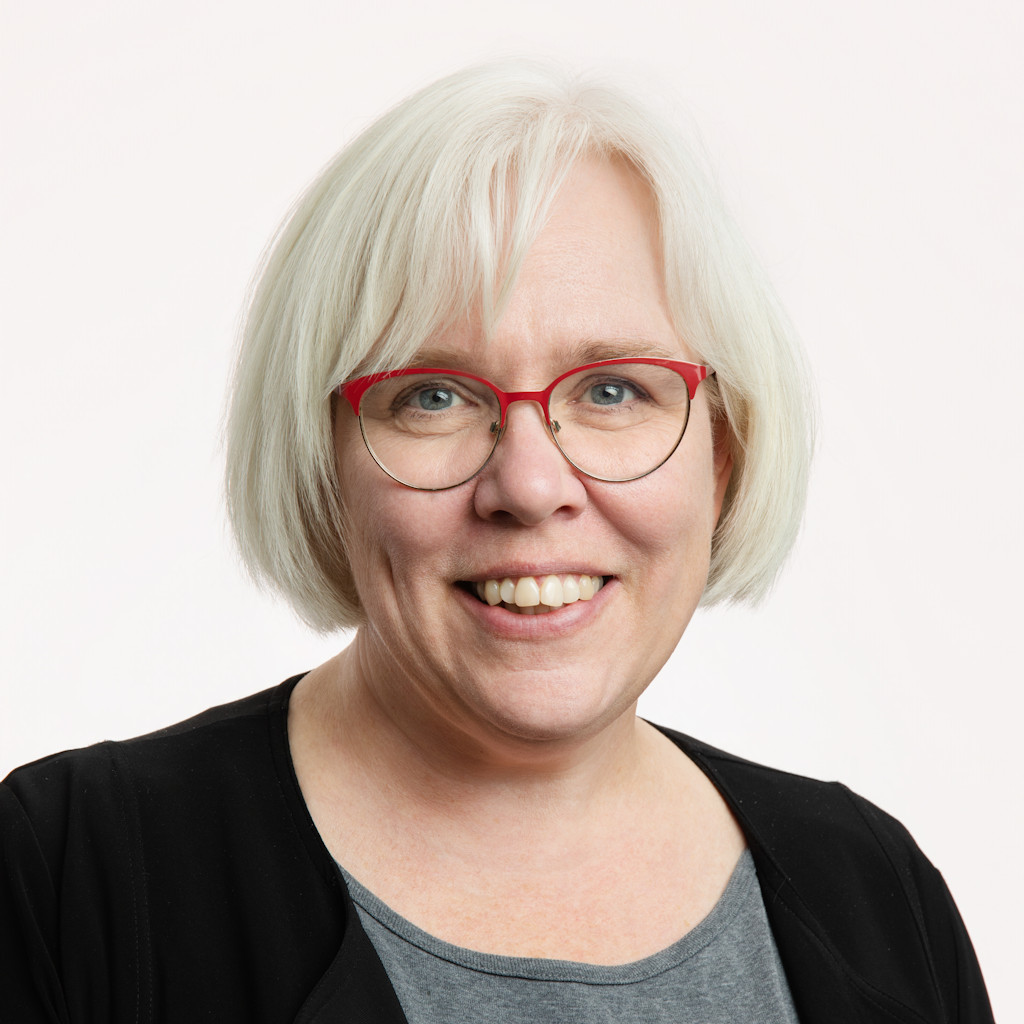
Electronic fare payments come to transit in the Edmonton region
By
 Mack Male
Mack Male
Transit riders in the Edmonton region can now use Arc, the new electronic fare payment system that has been in the works for nearly two decades.
Arc is available for use by standard adult riders in Beaumont, Edmonton, Spruce Grove, Strathcona County, and St. Albert. Fort Saskatchewan and the City of Leduc require more time for implementation due to bus replacements and the need for handheld fare validators on the fleet, so they will launch support for Arc next year. Also coming in 2023 is support for discounted fare groups — including seniors, youth, and low-income individuals — and riders who use paratransit services such as DATS.
"This is an important milestone toward building a strong, integrated transit service that gives people a more modern, reliable, and seamless way to travel around the greater Edmonton region," said Carrie Hotton-MacDonald, branch manager of Edmonton Transit Service.
Wade Coombs, transit director of Strathcona County Transit, said Arc makes the Edmonton region the first in Canada to offer regional fare capping. "This will enhance regional mobility and reduce the financial barrier for riders who prefer not to pay for a pass upfront," he said.
Fare capping is one of the key features of Arc, intended to replace monthly passes. Once a rider hits the fare cap for their region, they ride for free during the rest of the month. Each region has a slightly different cap, ranging from $52.50 per month in Fort Saskatchewan to $100 per month in Edmonton for local adult riders. Commuter caps are higher, ranging from $85 per month in Beaumont to $135 per month in Spruce Grove.
Though seven regional municipalities are involved in Arc, the initiative is separate from the Edmonton Metropolitan Transit Services Commission.
"Arc has a governance structure with members, including a regional executive steering committee, to oversee the implementation," Hotton-MacDonald told Taproot. "Faring is not in scope for the Commission's first phase of operations." She said the EMTSC will work with municipalities on faring in "future phases of work."
Edmonton city council is expected to vote on its involvement in EMTSC's first phase of operations during the 2023-2026 budget discussions.
Staff and outreach teams from the participating transit agencies are handing out complimentary Arc cards to riders at transit centres and LRT stations until supplies last. Arc cards can also be purchased for $6 online, at fare vending machines, and at select retailers.




